
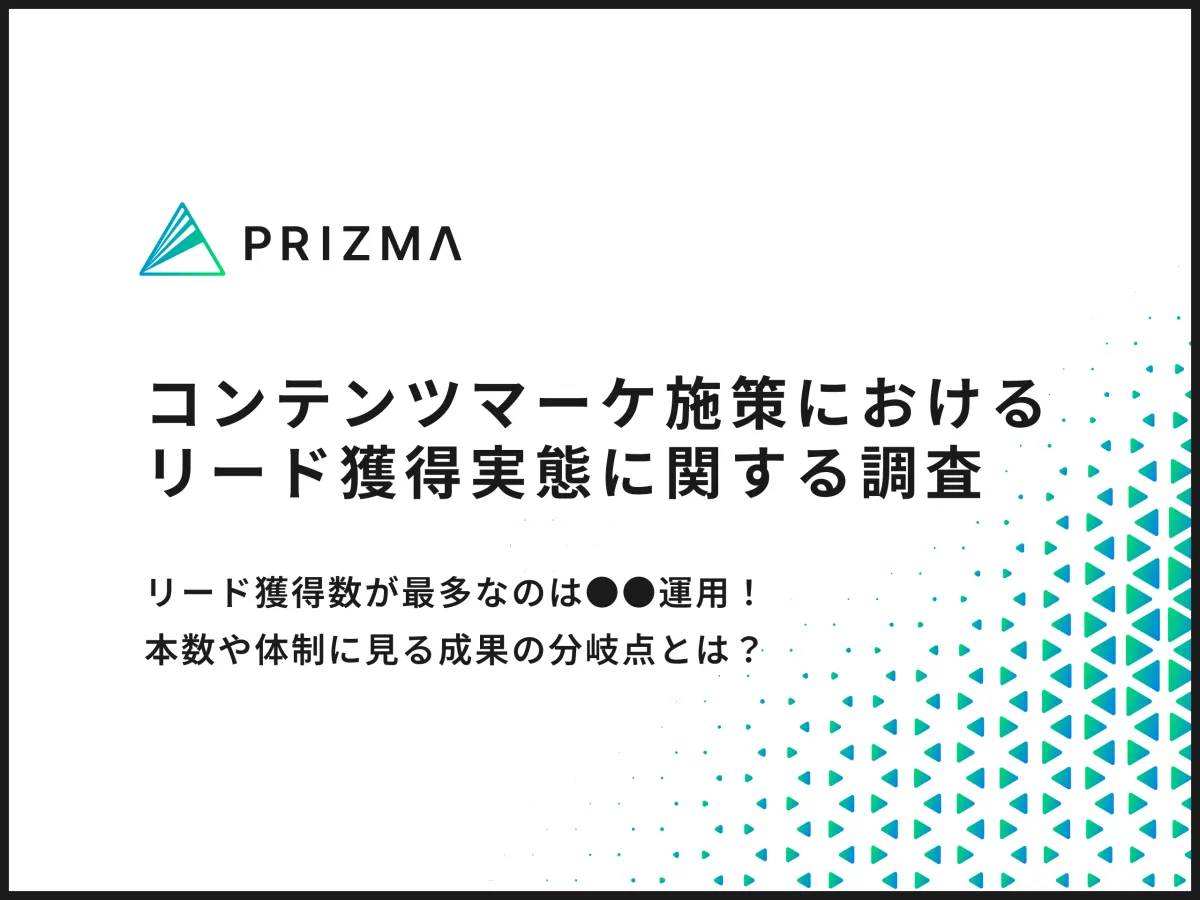
Understanding the Impact of Content Marketing in Lead Acquisition Strategies
Exploring the Landscape of Content Marketing Strategies
Content marketing continues to gain traction as a powerful method for generating contact points with customers. Various formats such as videos, social media, SEO, white papers, and newsletters make it essential to understand which strategies yield the highest lead acquisition rates. With this in mind, PRIZMA Inc. conducted a comprehensive survey involving 516 content marketing professionals. This research sheds light on key insights regarding lead acquisition and operational strategies, with the complete data available for free in a downloadable white paper.
The Shift Towards In-House vs Outsourcing for Content Strategies
To grasp the dynamics of content marketing, we first examined internal and outsourced operations based on the types of marketing strategies employed. Among respondents, the most prevalent situation was a combination of both in-house and outsourced work, with 59.7% indicating they partially outsourced their efforts. A noteworthy trend was observed where strategies such as press release/written white paper creation (52.6%) and SEO (44.1%) predominantly relied on in-house resources, contrasted with a much higher outsourcing rate for social media management, where over 71% reported outsourcing.
The difference can be explained by the distinct characteristics of each strategy. Given the need for timely and frequent updates on social media, it is challenging for many teams to manage it entirely in-house. In contrast, SEO and white papers tend to benefit from cumulative knowledge and sustained operations, making these strategies more suitable for in-house management. Moreover, a significant portion of advertising is fully outsourced due to the high level of expertise and the need for rapid execution.
Analyzing Frequency of Content Distribution
Next, we analyzed the frequency of content distribution specific to each strategy. The majority of respondents indicated they distribute content monthly, with 43% producing between 5 and 10 pieces per month, while 31.4% exceeded 10 pieces in their distribution efforts. For social media, over half (51.1%) of respondents reported creating 5 to 10 posts monthly, while video content saw a notable percentage (40.8%) producing over 10 pieces.
Dynamic content strategies, such as social media and videos, require consistent updates to engage effectively, marrying the concept of 'real-time' communication with habit-building around operational postings. Conversely, email newsletters and white papers tend to have fewer outputs, with nearly 40% indicating they release fewer than five pieces per month.
Measuring Lead Generation Across Various Strategies
We were also keen to gauge the effectiveness of each strategy regarding lead generation per month. A significant portion (45.0%) reported generating between 6 to 10 leads monthly, with video (54.4%) and social media (44.1%) strategies performing exceptionally well in this category. This points to the effectiveness of high-frequency distribution in nurturing leads through the awareness and interest stages of the customer funnel.
Another interesting observation was that social media generated leads without explicit advertising elements, fostering long-term connections within the target audience. Alternatively, traditional content forms like white papers and newsletters yielded notably lower lead counts, suggesting limitations based on specific engagement frameworks.
The Importance of ROAS in Content Strategy
Lastly, we examined attitudes towards Return on Advertising Spend (ROAS). An impressive over 90% of respondents indicated they prioritize assessing ROAS, with 54.5% stating they moderately emphasize it, while 41.5% acknowledge it as a significant focus. Notably, SEO and video content strategies displayed particularly strong heightened awareness towards ROAS, highlighting an evolving emphasis on optimizing returns.
Considering the time it may take for SEO strategies to produce measurable results, teams are increasingly focused on structuring KPIs to optimize ROAS more strategically. The same trend appears in video and social media strategies, revealing a pivot toward detailed evaluations grounded in effective ROI metrics.
Conclusion: Key Takeaways for Effective Content Marketing
This survey elucidated significant distinctions in the operational frameworks, publishing frequency, and outcomes associated with different content marketing approaches. Social media's agile nature enables a hybrid strategy, combining in-house efforts and outsourcing, consistently yielding leads. On the other hand, SEO is characterized by more stable operations focused on asset building and strong return metrics.
The findings illustrate that no single marketing strategy can be universally applied, as variations in effective publish frequencies and associated ROAS reveal a complex interplay of factors contributing to lead generation success. Future discussions on refining marketing strategies will benefit from honing in on specific operational frameworks, understood costs, and clear KPIs tailored to each unique content strategy. By adopting the insights derived from this research, practitioners can better assess and refine their own marketing programs to enhance lead acquisition results.
For a deeper dive into the data, including average deal rates and cost assessments across various strategies, check our free downloadable resource, "Content Marketing and Lead Acquisition Summary Material," available here.
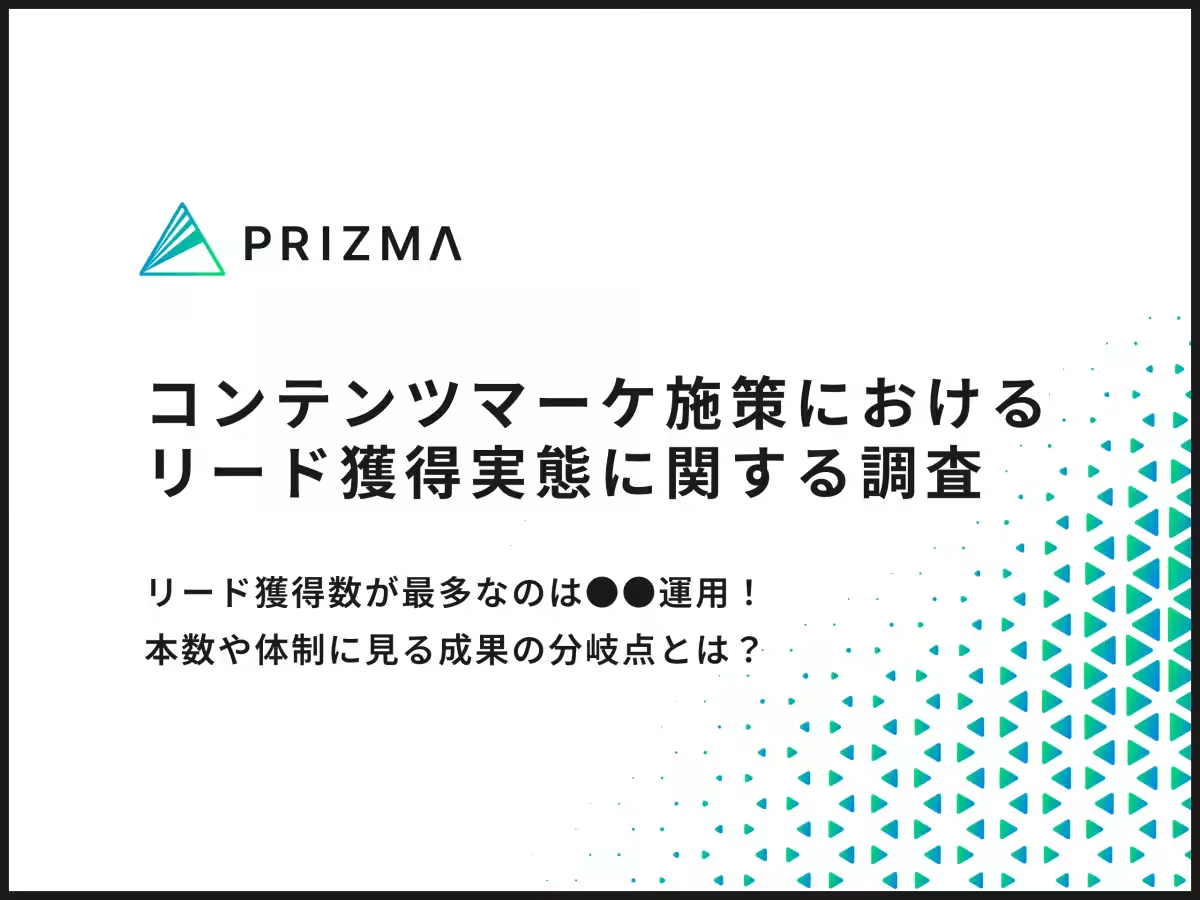
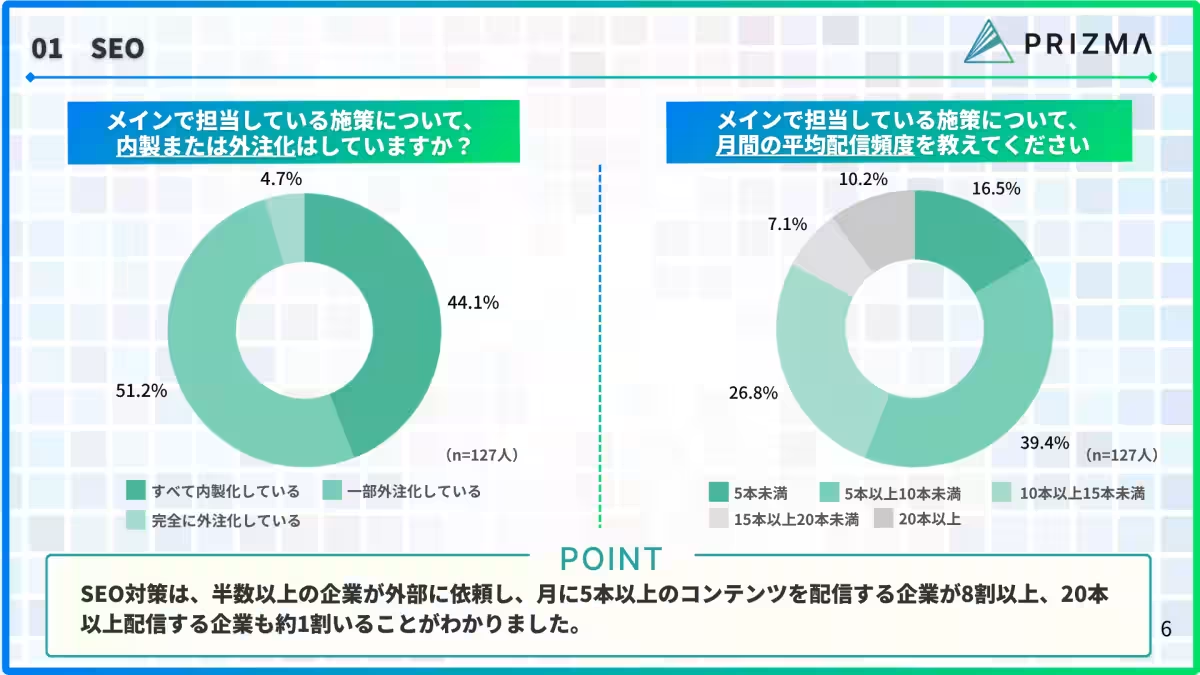
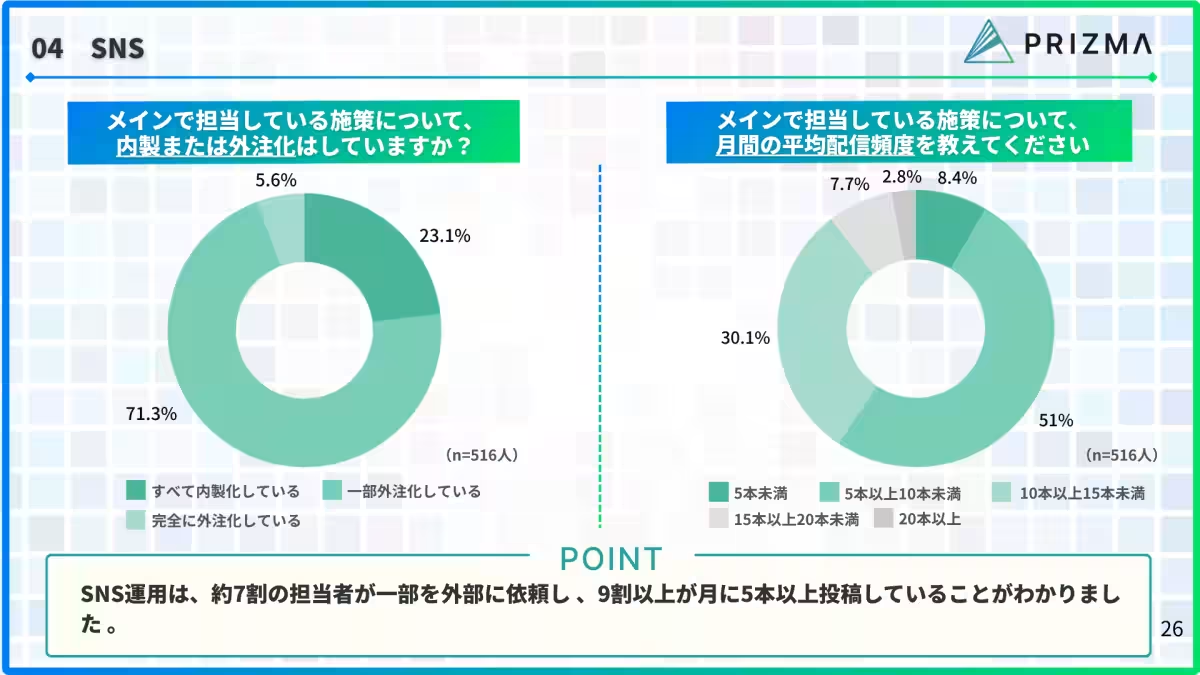
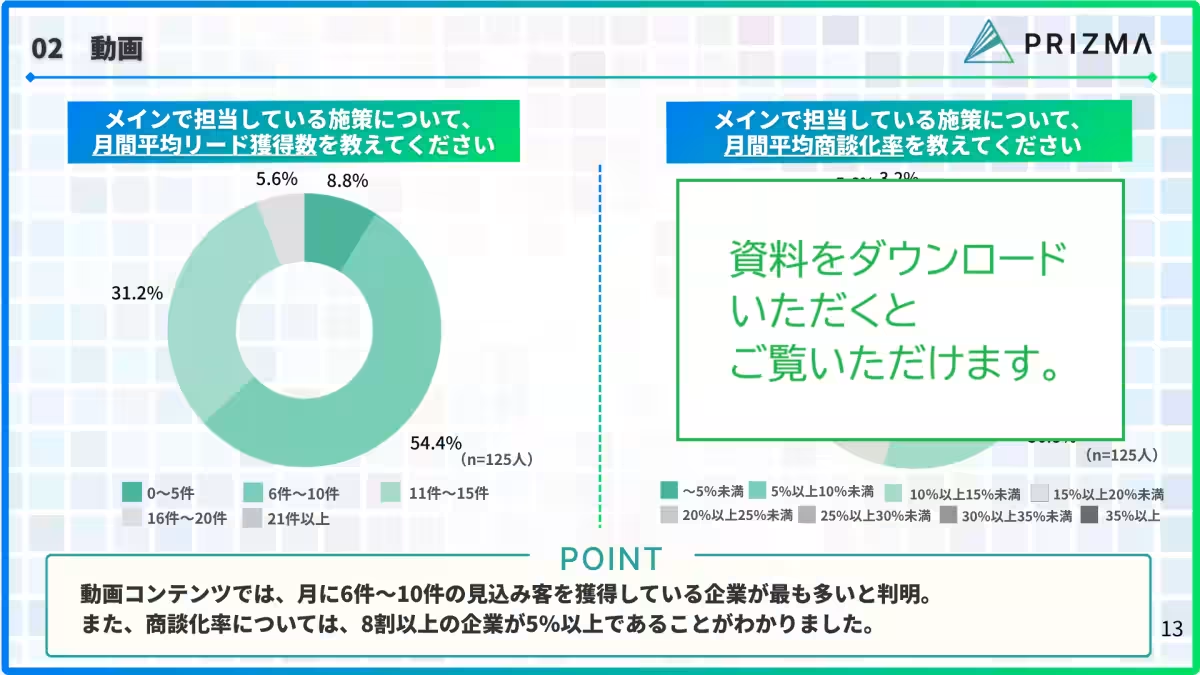
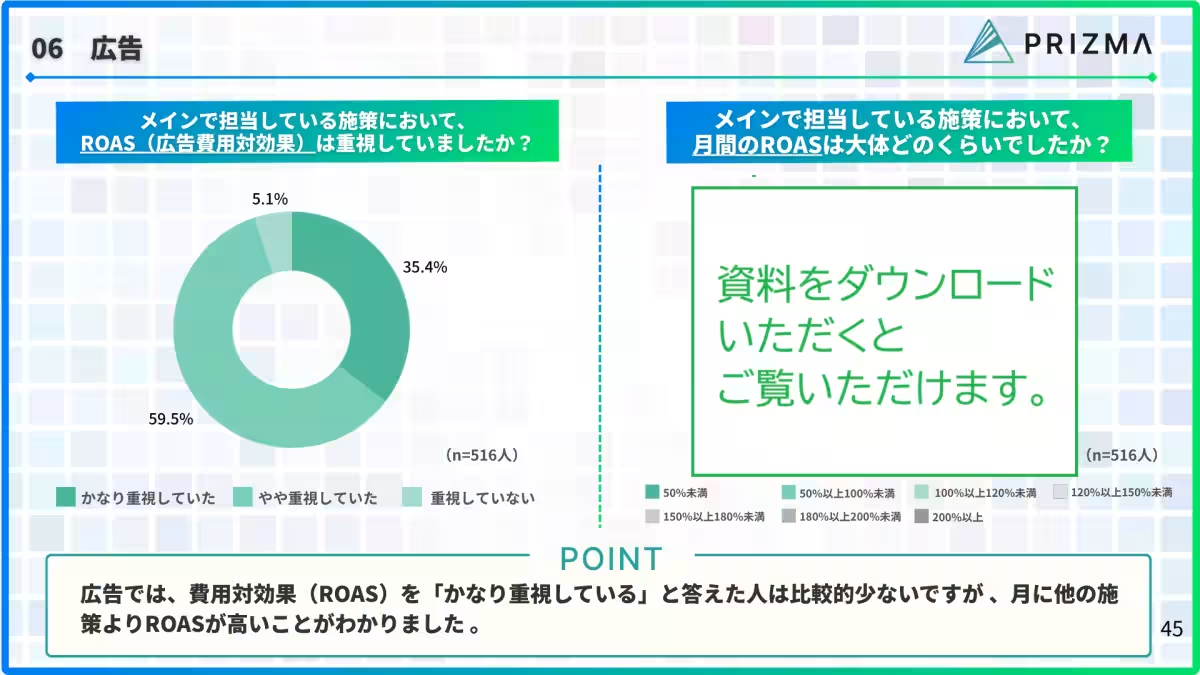
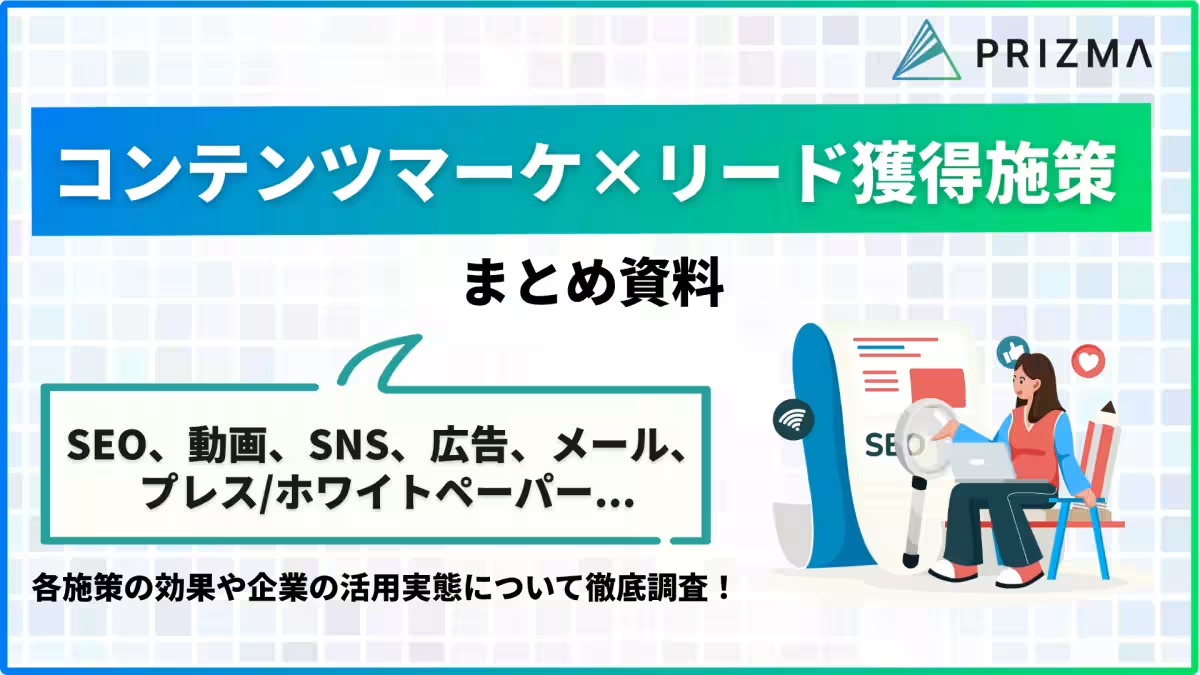
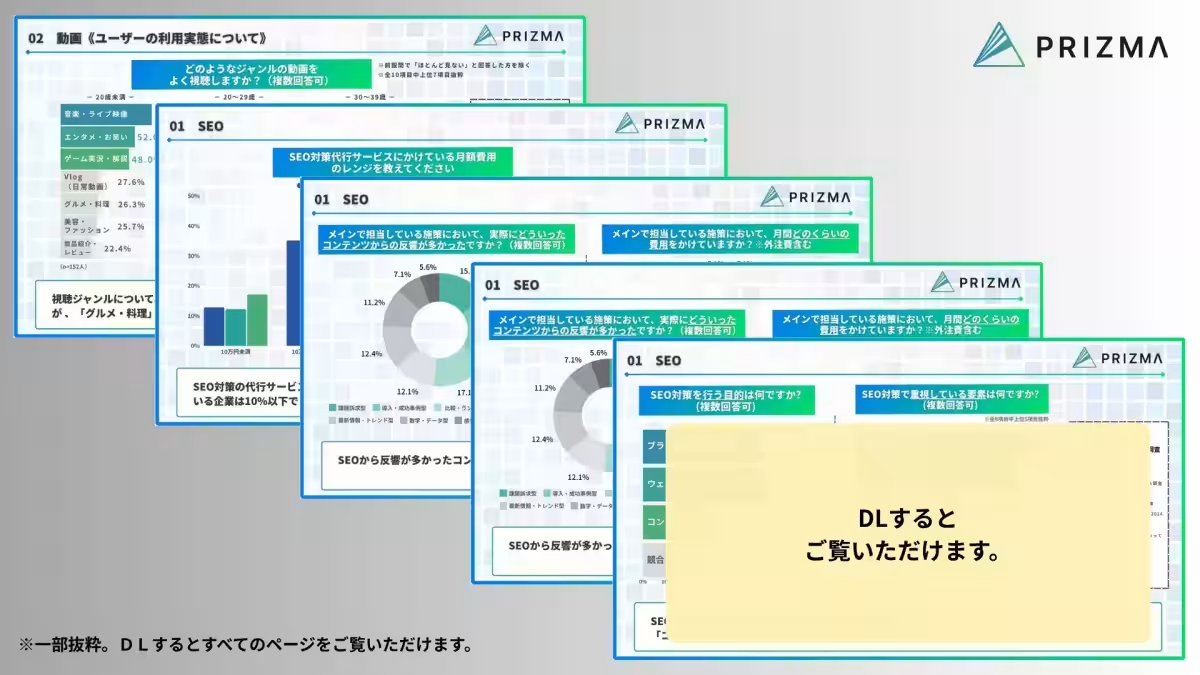

Topics Consumer Products & Retail)










【About Using Articles】
You can freely use the title and article content by linking to the page where the article is posted.
※ Images cannot be used.
【About Links】
Links are free to use.